I have a series of 2D measurements (time on x-axis) that plot to a non-smooth (but pretty good) sawtooth wave. In an ideal world the data points would form a perfect sawtooth wave (with partial amplitude data points at either end). Is there a way of calculating the (average) period of the wave, using OCTAVE/MATLAB? I tried using the formula for a sawtooth from Wikipedia (Sawtooth_wave):
P = mean(time.*pi./acot(tan(y./4))), -pi < y < +pi
also tried:
P = mean(abs(time.*pi./acot(tan(y./4))))
but it didn't work, or at least it gave me an answer I know is out.
An example of the plotted data:
I've also tried the following method - should work - but it's NOT giving me what I know is close to the right answer. Probably something simple and wrong with my code. What?
slopes = diff(y)./diff(x); % form vector of slopes for each two adjacent points
for n = 1:length(diff(y)) % delete slope of any two points that form the 'cliff'
if abs(diff(y(n,1))) > pi
slopes(n,:) = [];
end
end
P = median((2*pi)./slopes); % Amplitude is 2*pi
